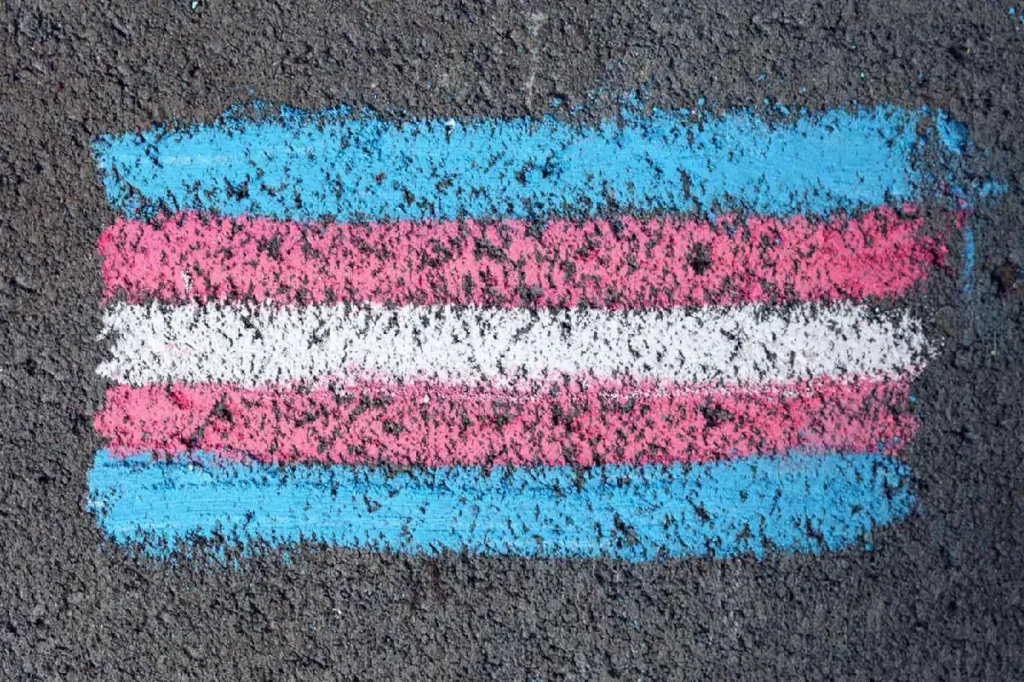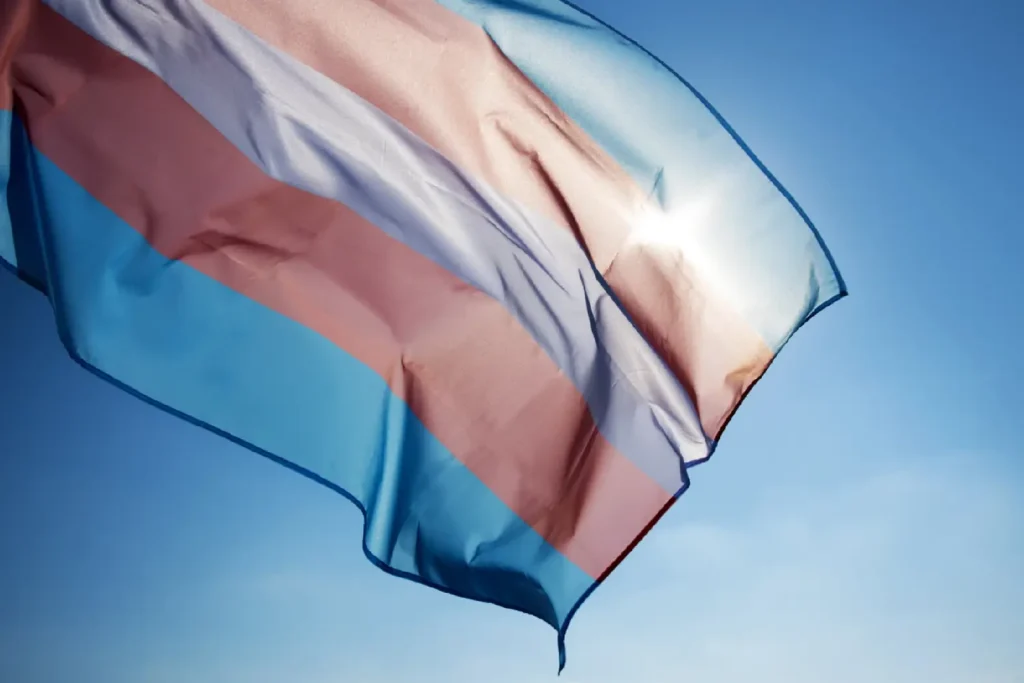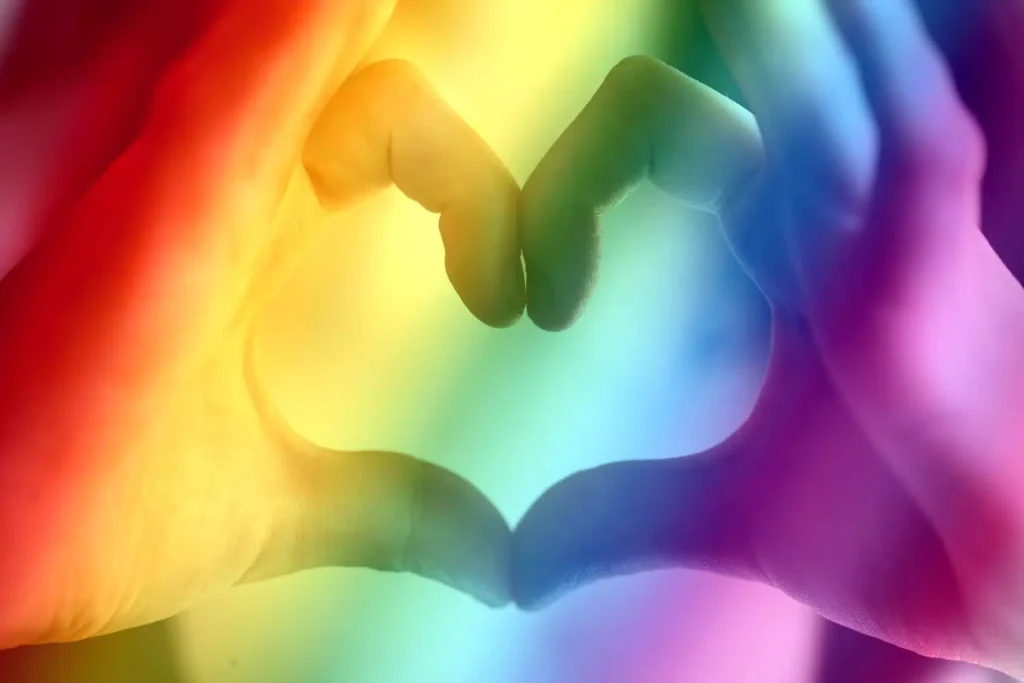Introduction:
Tracing the history of transgender individuals is akin to embarking on a journey through a rich tapestry woven with threads. Those of resilience, resistance, and revolution. From ancient civilizations to modern societies, transgender people have existed and thrived. Lived while challenging societal norms and asserting their right to self-determination and dignity. In this expansive article, we will delve deep into the multifaceted history of transgender identities. As well as examining their evolution across different cultures, historical periods, and social contexts. By exploring the diverse experiences, contributions, and struggles of transgender individuals throughout history, we aim to shed light on the complexities of gender identity and the enduring resilience of transgender communities.

Ancient Cultures and Mythologies:
The roots of transgender identities can be found in the ancient civilizations of Mesopotamia, Egypt, Greece, and Rome. During this era, gender diversity was often celebrated and revered in religious beliefs, spiritual practices, and cultural norms. In Mesopotamia, the goddess Inanna embodied both masculine and feminine qualities, serving as a symbol of fertility, love, and power. Similarly, in ancient Egypt, the god Osiris was depicted with attributes of both genders. These symbolizing the cyclical nature of life and death. The Two-Spirit traditions of many indigenous cultures in North America recognized individuals who embodied both masculine and feminine spirits. These individuals served important roles as mediators, healers, and spiritual leaders within their communities. These ancient cultures embraced the fluidity of gender and the interconnectedness of human expression. Thus laying the foundation for later understandings of transgender identities.

Medieval and Early Modern Europe:
The Middle Ages and early modern period in Europe witnessed shifting attitudes towards gender and sexuality. Influenced by religious doctrine, social hierarchies, and medical theories. While transgender identities were not explicitly recognized or acknowledged, historical records attest to the existence of individuals who defied gender norms and expectations. Joan of Arc. The legendary French heroine who led armies into battle during the Hundred Years’ War. Famously dressed in men’s clothing and challenged traditional gender roles with her courage and leadership. Similarly, the myth of Pope Joan, a woman who purportedly disguised herself as a man and ascended to the papacy in the 9th century. This reflects the narrative of potential of gender-crossing narratives in medieval Europe.

The Renaissance and Early Modern Period:
During the Renaissance and early modern period in Europe, advancements in science, art, and philosophy coincided with evolving understandings of gender and sexuality. While transgender identities were not explicitly recognized or celebrated, the period saw the emergence of individuals who defied conventional gender norms and expectations. Artists such as Leonardo da Vinci, who depicted gender-ambiguous figures in their works, challenged societal perceptions of masculinity and femininity. Additionally, historical accounts document instances of individuals assigned female at birth who lived as men, often to access male-dominated professions or escape social constraints placed on women. These individuals navigated their gender identities in a society undergoing profound cultural and intellectual transformations, paving the way for future explorations of gender diversity.

Colonial Encounters and Global Impositions:
The era of European colonialism brought new encounters and exchanges between cultures. Unfortunately resulting in the imposition of Western gender norms and the suppression of indigenous gender identities and expressions. In many colonized societies, gender diversity was stigmatized and marginalized. European colonizers imposed binary notions of gender and sexuality rooted in misguided Christian doctrine. However, despite these efforts to erase indigenous cultures and identities, transgender individuals continued to assert their existence and resist colonial oppression. In places like India, we find the hijra community – comprised of transgender, intersex, and eunuch individuals. They have maintained cultural traditions and social roles dating back centuries, despite facing discrimination and persecution under colonial rule.

The Industrial Revolution and Urbanization:
The Industrial Revolution brought about significant social and economic changes. Rural populations migrated to urban centers in search of employment opportunities. History had shown, urbanization created new spaces and communities where transgender individuals could navigate their identities with greater freedom. In cities such as London, Paris, and New York, diverse subcultures and underground networks emerged. They provided refuge and solidarity for marginalized groups, including transgender people. Urban life presented challenges, such as poverty, overcrowding, and exploitation, but it also offered opportunities for self-expression and community building.

19th and 20th Century Movements:
The 19th and 20th centuries witnessed the emergence of organized movements advocating for the rights and recognition of transgender individuals. Progress moved forward, facing broader struggles for gender equality and LGBTQ+ rights. In Europe and North America, medical professionals began to study and classify gender variance as a psychiatric condition. Thus leading to the development of outdated diagnostic categories such as “transvestism” and “transsexualism.” Meanwhile, transgender individuals like Lili Elbe and Christine Jorgensen gained public attention for undergoing gender-affirming medical procedures. Sharing their experiences with the world. These early pioneers laid the groundwork for the modern transgender rights movement. Ultimately growing to fruition in the latter half of the 20th century.

The Rise of Modern Medicine:
The 20th century witnessed unprecedented advancements in medical science and technology, including the development of hormone therapy and gender-affirming surgeries for transgender individuals. Medical professionals began to study and classify gender variance as a psychiatric condition, leading to the establishment of specialized clinics and treatment centers for transgender patients. The emergence of endocrinology as a field of study enabled the administration of hormones, such as estrogen and testosterone, to induce physical changes in transgender individuals’ bodies, aligning them more closely with their gender identities. Meanwhile, pioneering surgeons like Dr. Harry Benjamin and Dr. Georges Burou pioneered gender-affirming surgical techniques, such as vaginoplasty and phalloplasty, offering transgender individuals the opportunity to undergo transformative procedures to align their bodies with their gender identities.

Stonewall and the Rise of Trans Activism:
The Stonewall riots of 1969 marked a turning point in LGBTQ+ history, igniting a wave of activism and organizing that would propel transgender rights to the forefront of the movement. Led by transgender women of color such as Marsha P. Johnson and Sylvia Rivera, the Stonewall uprising galvanized a new generation of activists to demand an end to police brutality, discrimination, and violence against LGBTQ+ individuals. In the decades that followed, transgender activists and advocates continued to push for legal protections, healthcare access, and social acceptance, challenging societal norms and advocating for the rights of transgender people to live authentically and free from discrimination.

Legal Recognition and Policy Change:
The late 20th and early 21st centuries saw significant advancements in legal recognition and policy change for transgender individuals. Governments around the world began to enact laws and regulations affirming transgender rights and protections. In 1992, Sweden became the first country to allow legal gender reassignment without surgical intervention. This was followed by numerous other countries adopting similar policies. In the United States, landmark court cases such as Obergefell v. Hodges (2015) and Bostock v. Clayton County (2020) affirmed the rights of LGBTQ+ individuals. Both to marry and be protected from employment discrimination on the basis of sexual orientation and gender identity. Despite these gains, however, transgender individuals continue to face barriers to full equality and inclusion in many areas of life. These struggles including healthcare, education, and housing.

Global Perspectives and Cultural Variations:
Transgender identities and experiences vary widely across cultures and geographic regions. Thus reflecting the diverse ways in which gender is understood and expressed around the world. In countries like Thailand, for example, they have the concept of “kathoey” – individuals who are assigned male at birth but identify and live as women. Kathoey a long history and cultural acceptance, with kathoey individuals often holding respected roles in society. Similarly, in Samoa, the fa’afafine tradition recognizes individuals who embody both masculine and feminine traits. They play important cultural roles as caregivers and community leaders. These examples highlight the importance of recognizing and respecting the cultural diversity of transgender identities and experiences. They counter the Western-centric narrative and foster cross-cultural understanding and solidarity within the global transgender community.

The Digital Age and Transgender Visibility:
The advent of the internet and digital communications revolutionized the landscape of transgender activism and visibility in the late 20th and early 21st centuries. Online platforms provided transgender individuals with unprecedented access to information, resources, and community support. Thus enabling them to connect with peers, share their stories, and advocate for their rights on a global scale. Social media platforms, in particular, have played a central role in amplifying transgender voices. Helping to organize grassroots movements, and challenging mainstream narratives about gender and identity. Additionally, online forums and support groups have provided vital spaces for transgender individuals to seek advice, share experiences, and access affirming healthcare and resources. These communities foster a sense of belonging and solidarity within the transgender community.

Modern Challenges and Ongoing Struggles:
Despite significant progress in recent decades, transgender individuals continue to face numerous challenges and barriers to full equality and inclusion. Discrimination, violence, and also harassment remain pervasive issues in many parts of the world, with transgender people disproportionately affected by poverty, homelessness, and unemployment. Access to gender-affirming healthcare, legal recognition of gender identity, as well as protection from discrimination are ongoing priorities for transgender rights advocates and activists. Furthermore, the intersectionality of transgender identity with other marginalized identities, such as race, class, and disability, underscores the importance of addressing systemic inequalities and promoting social justice for all members of the transgender community.

Conclusion:
Transgender history is a testament to the resilience, creativity, and diversity of human experiences across time and space. From ancient civilizations to modern movements, transgender people have defied societal norms, while challenging gender expectations. We have fight for and claim our recognition, rights, and dignity. By understanding and appreciating the rich tapestry of transgender history, we can honor the contributions and struggles of those who have come before us and continue to advocate for a world where all individuals can live authentically and free from discrimination based on gender identity. As we navigate the complexities of gender in the 21st century, let us draw strength and inspiration from the courage and perseverance of transgender communities throughout history, working together to create a more just, inclusive, and equitable world for future generations.
More About Our Vocal Coaches
We understand that transitioning is often difficult and undeniably stressful for many people. While Dysphoria affects everyone differently, having an affirming voice that feels right for you can be a major factor in managing dysphoria.
Our vocal coaches help you find your voice by:

Dependable
⸺ & ⸺
Diligent
Having an advanced contact and booking platform to be sure that Your Lessons Now is always there for you, and our admin staff will always be here to help.

Helpful
⸺ & ⸺
Human
Providing a human touch to your scheduling and inquiries, our vocal coaches and also our admin team will assist you every step of the way.

Loud
⸺ & ⸺
Proud
Understanding the importance of providing a judgment-free and empathetic and caring environment, since many of us are LGBTQIA+ ourselves.

Secure
⸺ & ⸺
Respected
Our vocal coaches have extensive training, experience, degrees, and awards to further ensure the best learning environment for our students.
Follow Us on Social Media